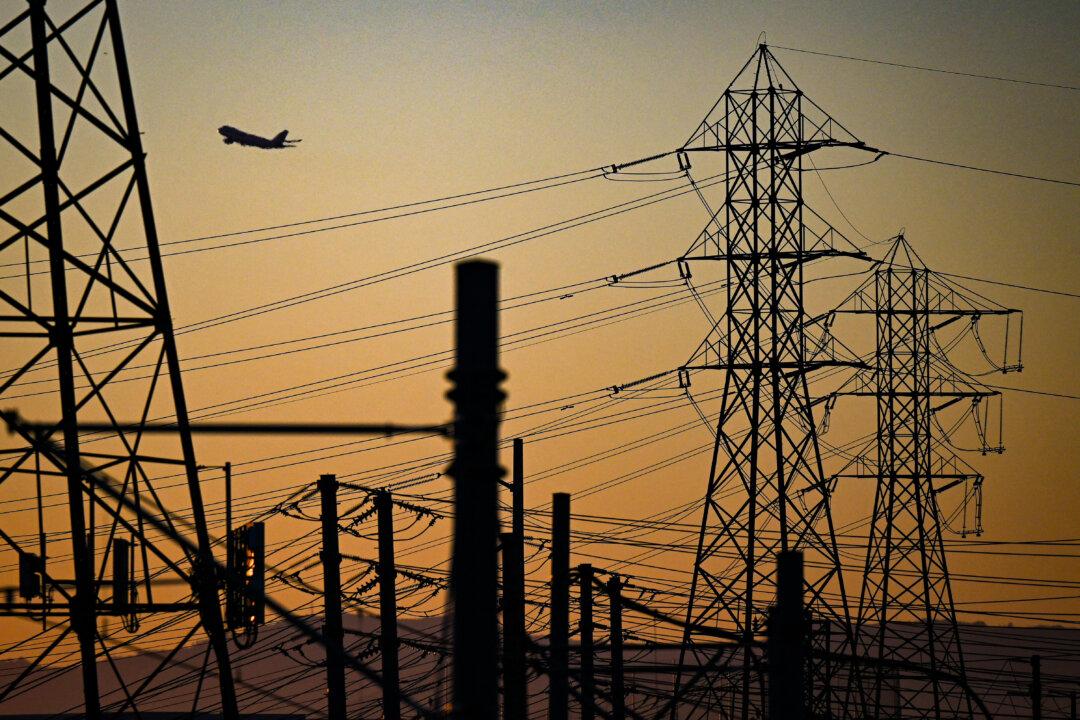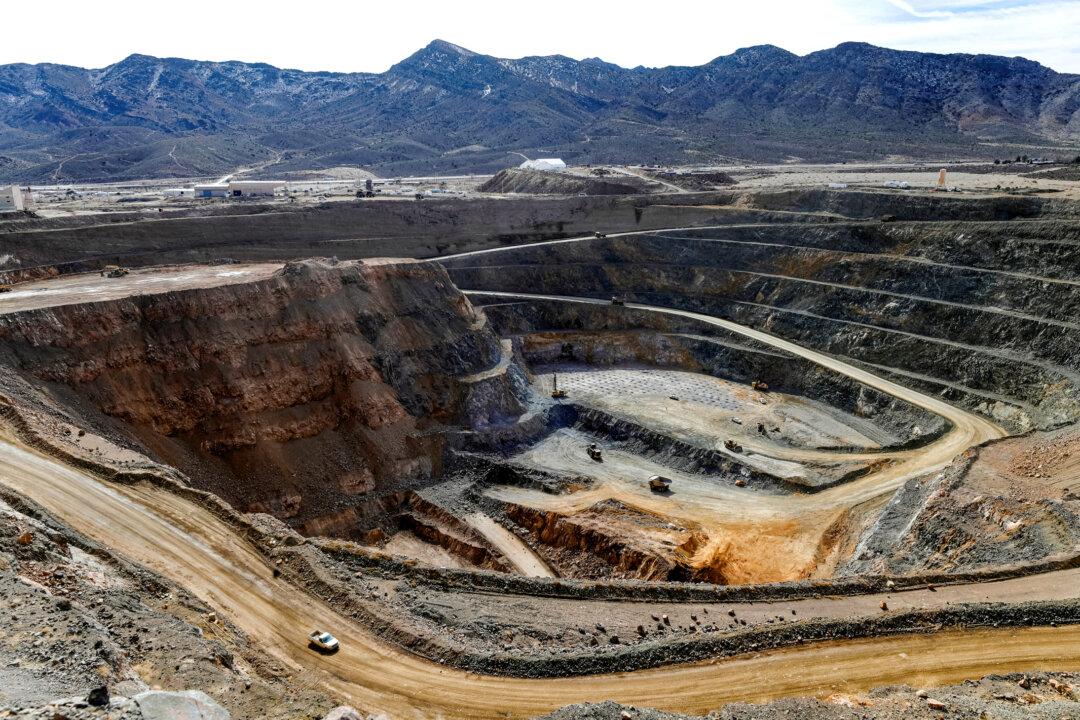The Department of Energy (DOE) issued an emergency order on May 31 that directs power grid operator PJM Interconnection to continue running two fossil fuel power generation units beyond their scheduled end date in a bid to safeguard electric grid reliability, the agency said in a May 31 statement.
PJM, which administers the largest power grid in North America, manages the electric system that provides power to 67 million people across 13 states and the District of Columbia.
The emergency order is related to the Eddystone Generating Station, owned and operated by energy producer Constellation.
Located in Pennsylvania, Eddystone is an 820-megawatt power plant. Two of the power-generating units at the facility, which run on oil and natural gas, were scheduled to be retired by May 31.
“[However,] DOE’s order states that PJM shall, in coordination with Constellation Energy, run specified units at the Eddystone Generating Station, when PJM deems necessary, past their planned retirement date,” the statement reads.
According to the agency, the order was issued “due to resource adequacy concerns given the timing of the retirement of the generation units coinciding with sustained increased energy demand.”
In his March 25 testimony before the House Committee on Energy & Commerce, PJM President Manu Asthana cited growing concerns about the stability of the electric grid.
“The rate of electricity demand is anticipated to increase significantly in the future due to the development of large data centers in the PJM service area,” he said. “There have also been increases in demand coming from the electrification of the transportation and heating sectors and from industrial growth.
“The pace of retirements of existing dispatchable fossil-based resources, largely due to state and federal policies, is clearly outpacing the rate of construction of new resources.”
Between 2020 and 2024, 15.896 gigawatts of energy generation sources were deactivated, while only 8.518 gigawatts of energy generation were added.
Asthana said PJM’s interconnection queues are primarily composed of “intermittent renewable resources,” a category that includes solar and wind power.
These renewable sources can only be used at certain times to produce energy while remaining idle or underused for the remaining period. This is unlike sources such as oil or natural gas that can be utilized nonstop for generating electricity.
The DOE stated that the order to continue operating two units at Eddystone Generating Station would minimize the risk of power generation shortfall that could result in unnecessary outages.
“Maintaining access to affordable, reliable, and secure power is always our top priority, particularly during the summer months when electricity demand reaches its peak,” U.S. Secretary of Energy Chris Wright said.
Electricity Supply Issue
During the March 25 House hearing attended by PJM, other electric transmission operators also warned that they may not be able to keep pace with demand.Lanny Nickell, executive vice president of regional transmission organization Southwest Power Pool, said America’s transmission infrastructure is “simply not ready” for an increasingly electrified economy.
Rep. Bob Latta (R-Ohio) said that it was “no secret our country is in the midst of a reliability crisis, and it could not come at a worse time.”
“It is not clear the pace at which baseload generation is coming online will bridge the gap of retiring supply and meet increasing demands over the next few short years,” he said.
Energy and Commerce Committee Chair Brett Guthrie (R-Ky.) said the gap between retiring generators and growth in demand alone is over 240 gigawatts, which is “an equivalent amount of power needed to support 195 million homes over an entire year.”
The Trump administration has taken actions to strengthen electricity generation in the country, including deregulatory actions and encouraging the continued operation of coal-powered power plants.







